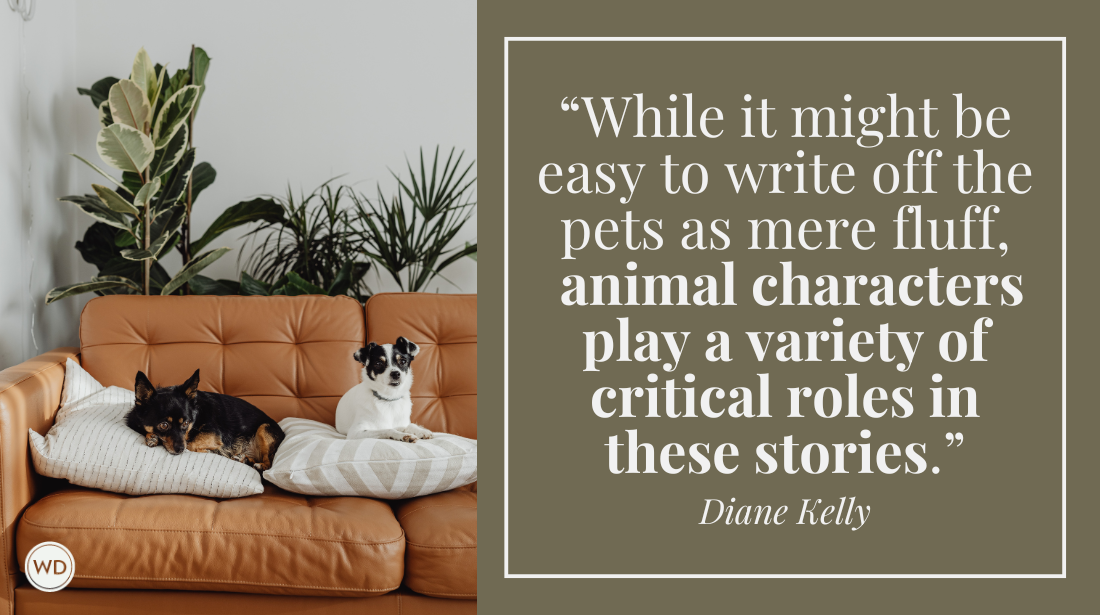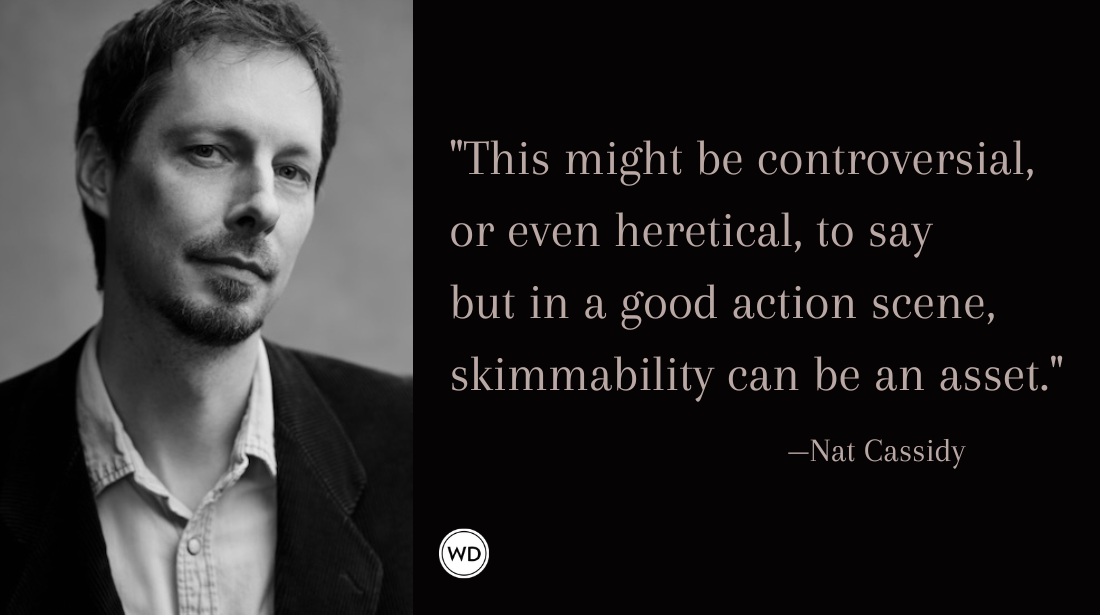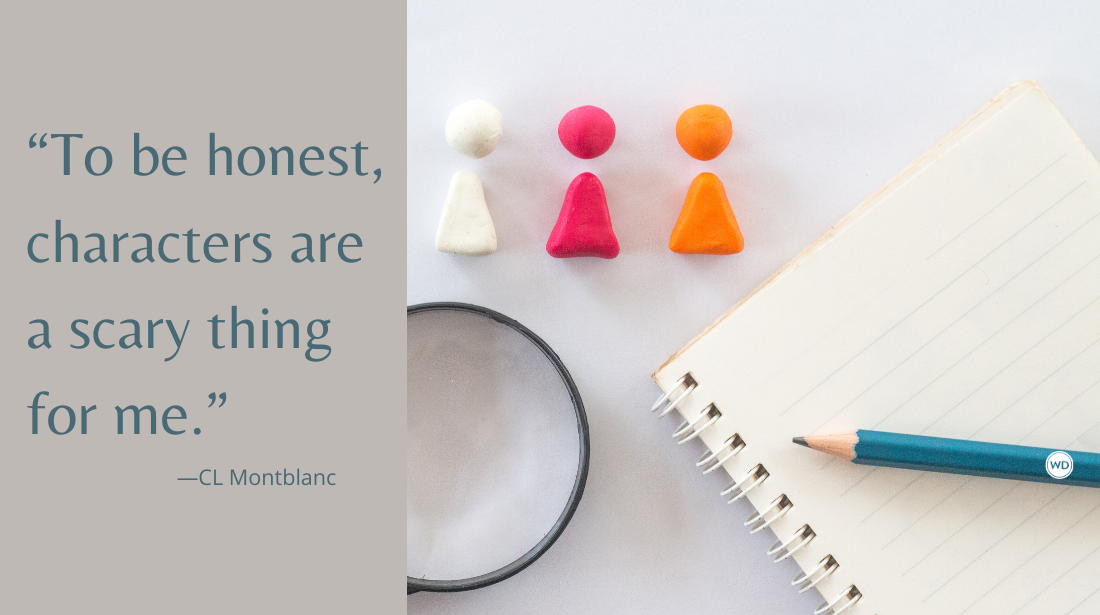Tackling Historical Fiction
For those of you who are curious about the craft of historical fiction writing, let us part the curtain a little and let you have a peek.
What a pleasure it is to put on a pair of heavy socks, curl up on the couch, and be transported back to Elizabethan England or medieval Denmark or the snows of Czarist Russia through a work of historical fiction. Even if the book takes the reader back to a difficult time: a chaotic battlefield, an execution, or a bloody pogrom, there is nothing quite so engrossing and yes, even cozy, as following the lives of interesting characters in another time. Have you ever wondered how historical fiction gets written, how writers are able to bring to life a world long gone? I know whenever I visit an artisanal chocolate shop or a cheese shop or any craft store, I always wonder how it’s done. So for those of you who are curious about the craft of historical fiction writing, I’ll part the curtain a little and let you have a peek.
***************************************************************************************************************************
This post is by Susan Sherman, who is a former Chair of the Art Department of Whittier College, a small liberal arts university once attended by President Richard Nixon. She is also the co-creator of one of the most successful television shows for children in the history of the Disney Network. Her first novel, The Little Russian, is available now.
***************************************************************************************************************************
Writers of historical fiction start from different places. Like writers in general, some start with an event or a period and place or a character. With The Little Russian I already had a story, however sketchy, and a main character, my grandmother, but what I lacked was an intimate knowledge of the time and place, Russia and Ukraine 1897-1922. I remember the first day I started the novel. I came up the steps of the parking garage at UCLA, up out of the bowels of the earth, to the main concourse between Royce Hall and the College Library, two buildings that could’ve come right out of the Italian Renaissance. My first stop was the map room in the research library, since I wanted to get a good working knowledge of the geography of my story. I explained to the research librarian that I wanted a map of the Ukraine, specifically of eastern Ukraine around the Dneiper River. He was a tall man, thin, all angles. When he heard me pronounce the D in Dneiper, he gave me a withering look, corrected my pronunciation, (it’s silent) and disappeared into the back room where the maps were kept.
My research started out broad: Russia, Ukraine, Jews in Czarist Russia, the Moscow Merchants, Kiev, Cities in Czarist Russia and World War I. These were the seminal events, cataclysmic changes, changing tides of population that were going to affect my characters. Over the next two years, I moved on to what I call tiny history. My focus narrowed and I began to concentrate on smaller subjects; the minutiae of everyday life, the details of the time and place that would give my story a sense of immediacy and reality. I thought of it as if I were arriving at someone’s house. How did I get there? What was the journey like? Did I arrive in a cab, carriage, in an omnibus; was it electric or pulled by horses? What does the street look like? Is it paved with wood, cobblestones, or mired in mud and snow. How is it lighted, by gas? What is the weather like? How am I dressed? What shoes am I wearing? How are they laced up? What does the house look like? Is it in a good neighborhood or in a slum? Is there a boot scraper by the door? What does the door knocker look like? So many questions and I haven’t even gotten to the front door.
Aside from books; traveling to the region, viewing vintage photographs, and pouring through memoirs of the time are all tried and true methods of research. Unfortunately in my case, the shtetls (Jewish hamlets) I was writing about were all destroyed in World War II, so most of my efforts were spent in the library. Thorough research is vital to historical fiction, not only because it sets the stage, but also because it helps fill out the characters giving them dimension and drive. It also helps us with the voice of our characters. It’s a delicate dance to stay true to the time while making sure the language isn’t so archaic or obtuse that we put off our modern readers.
Research is also useful in taking the writer in a new direction and adding elements that she may not have thought of. For example, while researching The Little Russian, I learned that the Bolsheviks made a policy of pulling citizens off the street for work details. That gave me the idea of having a group of partygoers dressed in evening clothes being forced into a work detail. The image of a woman dressed in a tiara, evening gown, and dancing slippers being forced to shovel snow in the dead of the night was just too good to pass up.
The writer must be careful with research, however. We don’t want our research showing. We don’t want to include so much detail that it ends up weighing down the story and distracting the reader. It must feel natural and seamless. It’s a temptation to show off all that we have learned, but it’s important to show restraint. Ideally we want to include enough description to flesh out the character and give life to our world, enough to carry the reader away, but not so much as to burden the reader with unnecessary details.
Although historical fiction can be exacting in its demand for arcane detail, it also gives the author much appreciated limits of an earlier time. With advancements in communication and transportation our modern lives have become easier; conversely these technological wonders have made the writer’s job harder. Authors aren’t looking for an easy life for their characters. We’re most happy when our characters are miserable or at least dissatisfied. Bring on conflict, barriers, misunderstandings, and missed opportunities, not a quick plane ride to freedom or a last minute cell phone call for help. Fortunately historical fiction delivers the limitations of times long past and all the misery anyone could want. For the writer it provides scope and depth and a built-in world full of color and challenging situations. For all these reasons I often find writing historical fiction as pleasurable as reading it. There is something so satisfying about bringing worlds long dissolved in the either of time back for another chance to be experienced.
************
Follow me on Twitter: @BrianKlems
Check out my book.
Sign up for my free weekly eNewsletter: WD Newsletter








